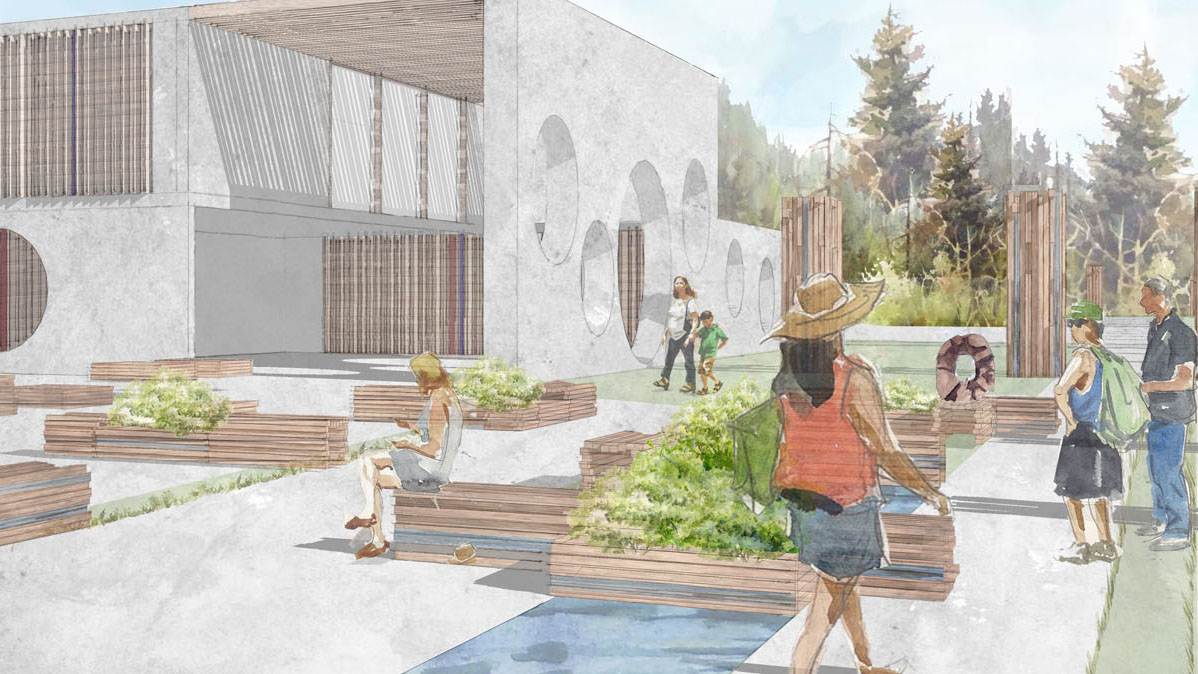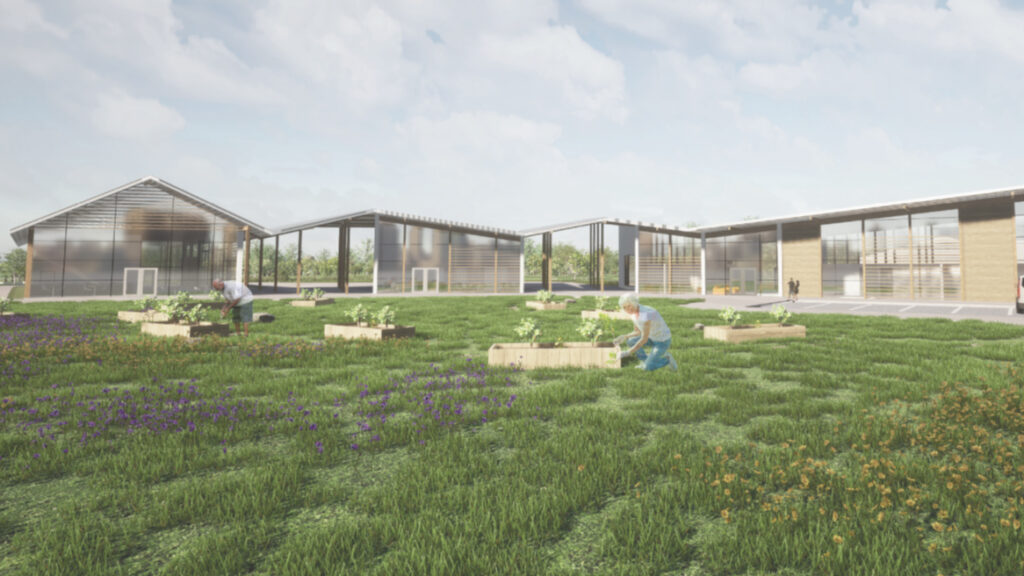
Graduate Certificate in Public Interest Design
Public Interest Design (PID) is a participatory and issue-based design practice that places emphasis on the “triple bottom line” of design that includes environmental, economic, and social challenges across the world.
PID seeks to broaden access to the benefits of design to all.
The built and natural environments—including the spaces in which we live and work, the products we consume, and the messages we receive—has a powerful impact on how we function in society. Good design requires attention and sensitivity to social, economic, political, cultural and behavioral issues. The aim of all curricula at the College of Design is to develop the designer’s perception, knowledge, skills and problem-solving abilities in order to prepare students for a successful career, practice, and life.
Public Interest Design provides an area of study that links design education and professional practice with the knowledge and skills to address global issues.
The strength of PID at NC State extends back into the late 1960’s, and the College of Design has a recognized history of community-based service through the teaching legacies of retired professors including Angelo Abate, Peter Batchelor, Georgia Bizios, Randy Hester, Henry Sanoff, Richard Wilkinson and as well as current faculty including Robin Abrams, Tania Allen, Tom Barrie, Bryan Bell, Kofi Boone, Gene Bressler, Chandra Cox, Andrew Fox, David Hill, Sharon Joines, Robin Moore, Celen Pasalar, and Art Rice.
The Public Interest Design graduate-level certificate program will provide education in this rapidly emerging field. The curricular content, which is research, classroom, and field-based, exposes students and professionals to use design to address a range of critical challenges that communities face in the world.

The program’s objectives are to educate students to:
- Analyze precedents of how Public Interest Design is and can be a meaningful part of professional practice;
- Describe one model of professional practice in public interest design;
- Identify public need for design that can address community challenges;
- Determine a design project’s social, economic, environmental impact on a community;
- Document stakeholders and assets that can address project challenges;
- Test a step-by-step process of working with a community as a design partner;
- Apply a collaborative process with multiple stakeholders.
How to Apply
Contact Donghwan Moon at dmoon3@ncsu.edu or Nikki Evans at anevans3@ncsu.edu to enroll in this certificate program.